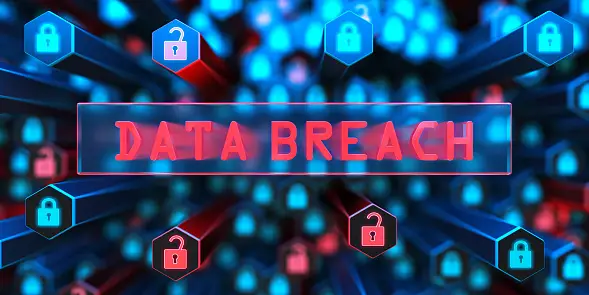How to Protect Your Business With a Data Breach Checker?
Data breaches are one of the most common security issues businesses face today. They can cause various problems, from reputational damage to financial losses. Limit access to sensitive information by giving employees what they need to do their jobs. This will reduce vulnerabilities and help you prevent a data breach.
1. Review Your Security Policy
If you’ve been keeping up with the news recently, you’ve noticed a lot of data breaches with businesses disclosing customer information, including addresses, social security numbers, and credit card numbers.
These breaches can cost company millions of dollars in lawsuits and lost business. It doesn’t matter if you sell car parts, run a medical clinic or manage a restaurant; all businesses deal with sensitive information that hackers could use to steal identities and make money.
Making an information security policy that establishes the guidelines for data handling is one strategy to safeguard your clients and staff. While there are many templates and examples of information security policies, it’s important to customize the policy to your company’s needs. It’s also necessary to regularly review the guidelines and update them to reflect your current procedures.
A good information security policy should cover
- Confidentiality: Only authorized people can access data and information assets.
- Integrity: Data and information should be accurate and complete.
- Availability: Information should be available when needed.
- Finally, the policy should be easy to understand and enforce. It should also conform to industry requirements (GLBA, HIPAA, etc.) and your company’s commercial objectives. To help with your preparation, EDUCAUSE has a library of sample information security policies from higher education institutions.
2. Review Your Software
Data breaches are a real threat to businesses of all sizes. They can expose passwords, home addresses, email addresses and even Social Security numbers to hackers who use the information for various purposes. Identity theft is a particular concern for victims, which can ruin their credit and pin them with legal issues they may be unable to overcome.
Ensure you have a robust cybersecurity policy and that your staff follows it to reduce the chance of a data breach. You can also consider a data breach checker to monitor for threats and alert you of any possible violations before they occur.
Unlike discovery tools that are over inclusive and often inaccurate. It is designed to help review and legal service providers work more efficiently and accurately, delivering better client results. By highlighting potentially sensitive data and providing a simple “accept or reject” workflow, the software allows users to find what they need faster and more accurately.
Data breaches can be expensive, and the consequences for businesses of all sizes are significant. In the best-case scenario, they can ruin a company’s reputation and, in the worst case, lead to costly litigation. To keep yourself and your business protected, reevaluate your policies regularly.

3. Review Your Employees’ Passwords
Your employees may be the weak link in your business’s security. Thieves target them to gain access to personal identifying information and financial data that they can use for fraud and identity theft.
Passwords are the easiest thing for hackers to steal. Each employee likely has dozens of passwords for various work-related devices, software, and accounts. Those passwords are often reused on other sites, giving thieves easy access to multiple accounts when a breach occurs. Teach your staff the value of strong, one-of-a-kind passwords and how to generate and save them safely. Consider using a password management service to assist your employees in managing their passwords.
Conduct regular user access reviews. This can be done six- to twelve-monthly and should include reviewing the information your employees need and who needs that access. New employees pose a risk when their visa is automatically granted without assessing their requirements, and existing employees who move departments can unintentionally expand risk exposure by continuing to have the same level of access.
In addition to your file cabinets and computers, look for sensitive information saved on laptops, smartphones, flash drives, home computers, and digital copiers. Reviews who receive sensitive information, such as contractors running your contact centers or suppliers that provide and update the credit card processing software you use.
4. Review Your Backups
Everyone is affected by data breaches, including small enterprises, independent contractors, nonprofit groups, large corporations, and governmental institutions. Stolen information or a data breach can cause irreparable damage to your company and put you in serious financial trouble.
As a result, it’s important to ensure your backup system is up-to-date and functioning properly. You can see any possible issues or holes in your plans and fix them before they become a problem by routinely examining your backups.
Consider encrypting your data and employing password protection on all of your devices, including your backups, to further strengthen the security of your backups. This will guarantee that only you can access your data and lessen the chance of hackers taking advantage of any barriers.
Additionally, it’s smart to physically safeguard your backups by placing them in a locked drawer or cupboard. Keep them off-site to lessen the loss of money due to a local catastrophe or malfunction.
Finally, you should be prepared to respond quickly and thoroughly if you are affected by a data breach. This includes updating all your passwords and ensuring that any devices you own have been securely wiped of data, such as by cross-cut shredding paper files or using software designed to erase data on devices like old phones or laptops permanently.
